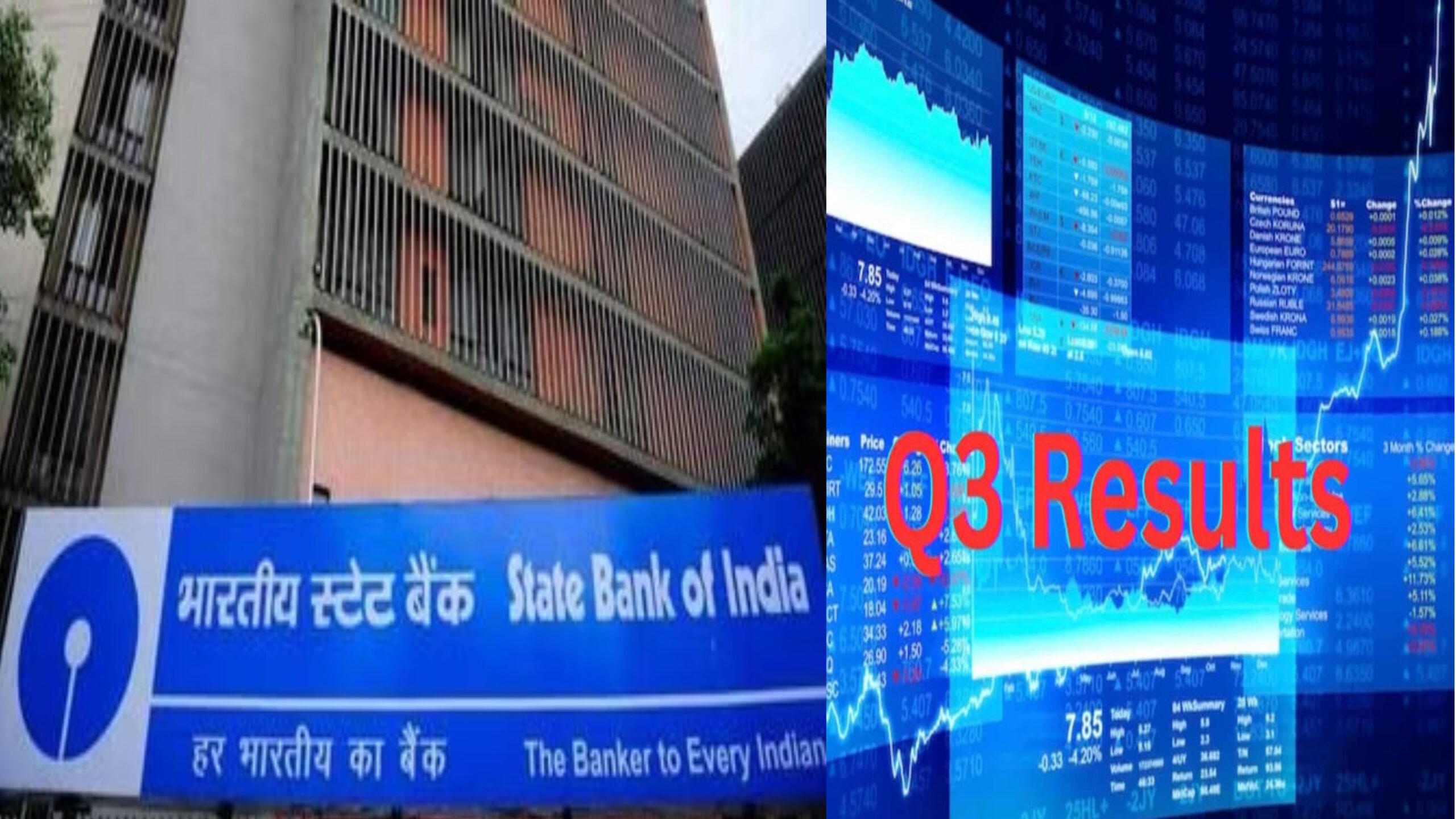The financial landscape is abuzz with anticipation as the State Bank of India (SBI), one of the country’s banking giants, gears up to unveil its financial performance for the third quarter of the fiscal year 2024. This disclosure, scheduled for today, follows an official announcement made to the Indian stock exchanges, revealing that SBI’s board of directors is set to review and sanction the unaudited financial outcomes in a meeting on February 3, 2024. Additionally, SBI has organized a post-results conference call at 5:00 PM on the same day to discuss the outcomes in detail.
This significant event was communicated to the Indian stock markets in adherence to Regulation 29 (1) (a) among other relevant stipulations of the SEBI (Securities and Exchange Board of India) (Listing Obligations & Disclosure Requirements) Regulations, 2015. The bank’s correspondence highlighted that the Central Board’s assembly on February 3, 2024, in Mumbai, aims to evaluate the bank’s financial health over the quarter and the nine months concluding on December 31, 2023. In line with Regulation 30 (6) and the specifics of Para A of Part A of Schedule III to the SEBI (LODR) Regulations, 2015, the bank also plans to host an Analyst Meet at the State Bank Bhavan Auditorium following the announcement of the financial results.
Market experts and analysts have been keenly observing the developments, and there’s a strong sentiment that SBI is poised to report a robust set of figures for Q3FY24. According to Shreyansh Shah, a Research Analyst at StoxBox, the bank is expected to navigate through the quarter with commendable financial performance despite the potential slight dip in Net Interest Margins (NIMs) due to the prevailing high funding costs. The analyst projects a significant uptick in the bank’s profitability, attributing it to an increase in loan disbursements fueled by heightened infrastructure spending. Shah further notes that SBI’s extensive involvement in salary accounts and its favorable Current Account Savings Account (CASA) and Credit Deposit (CD) ratios are likely not to raise alarms. A key highlight for this quarter, as per Shah, is anticipated to be a substantial rise in other income, driven by the bank’s strategic leveraging of its vast network of 22,405 branches to enhance cross-selling opportunities.
Echoing a similar optimism, Sandeep Pandey, the Founder & Director at Basav Capital, points out that the Indian government’s intensified focus on infrastructure and increased spending in this sector is likely to bolster SBI’s corporate lending segment. This, in turn, is expected to sustain the bank’s profitability margins through Q3FY24. Pandey, who previously served as the Deputy Vice President at HDFC Bank, also suggests that an uptick in business volumes will assist India’s leading public sector bank in addressing challenges related to the CASA in a higher interest rate environment.
Moreover, the optimistic outlook extends to the bank’s asset quality, with expectations of lower slippages for FY24 thus far. Analysts foresee this trend persisting, contributing to a credit cost that remains under the 1% target and an anticipated improvement in Return on Assets (RoAs). However, a potential area of concern could emerge from the bank’s expected increase in provisions, necessitated by wage revisions, which might marginally impact its financial standing.
In summary, the financial community eagerly awaits the SBI’s Q3FY24 results, with prevailing market sentiment skewing towards a positive performance report. The bank’s strategic focus on infrastructure lending, coupled with its efforts to optimize its branch network for cross-selling, are viewed as critical drivers for its anticipated success. Despite potential headwinds from funding costs and wage-related provisions, the outlook for SBI remains largely optimistic, reflecting confidence in its ability to navigate the challenges and capitalize on the opportunities present in the current fiscal landscape.
This optimistic forecast for SBI’s quarterly performance is underpinned by the broader economic initiatives and the bank’s strategic positioning within India’s banking sector. With a significant footprint in the country’s financial system, SBI is well-placed to benefit from governmental policies aimed at stimulating economic growth, particularly through infrastructure development. This strategic alignment not only augurs well for the bank’s corporate lending portfolio but also enhances its appeal to a broad customer base, reinforcing its CASA and overall deposit base.
Furthermore, SBI’s proactive measures to harness its extensive branch network for improved service delivery and cross-selling are expected to contribute substantially to its non-interest income, bolstering its profitability. The bank’s ability to manage its asset quality and keep credit costs within acceptable limits further exemplifies its operational resilience. While the anticipation of wage-related provisions introduces an element of caution, the overall sentiment remains positive, highlighting the bank’s robust fundamentals and its capacity to deliver solid financial performance. As the financial community looks towards the announcement, the SBI’s results are not just a reflection of its quarterly achievements but also a testament to its strategic foresight and operational excellence in navigating the complex landscape of the Indian banking sector.

